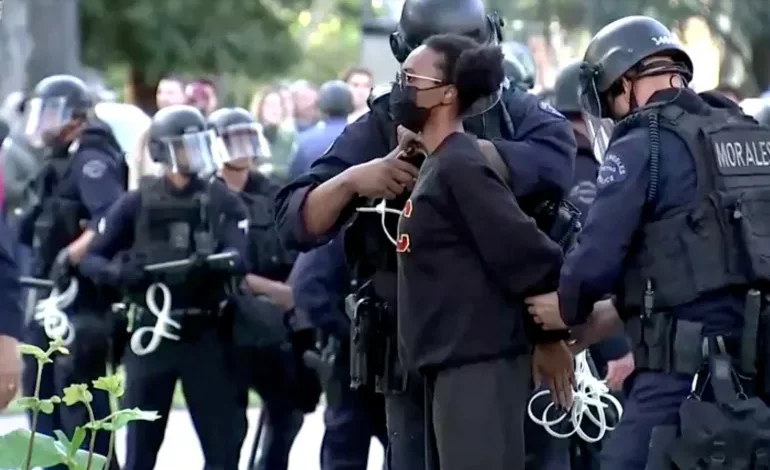Watching the watchdogs: The US media and intergenerational fault lines
Rami G Khouri

As Israel continues to wage its genocidal war on Gaza, a fault line in American society is becoming increasingly more pronounced. University students are challenging the political establishment on university campuses across the country.
One side opposes US backing for Israel and profiteering from investments in arms industries, while the other supports the Israeli offensive and has urged police action to break up the student protest encampments.
This fault line reflects not only growing intergenerational tensions in US society, but also how the media approaches coverage of Israel’s genocidal war in Gaza.
Pro-Israel advocates in the US have tried to focus media attention on alleged widespread anti-Semitic activity and disruptive violence at university protests.
This ploy has two aims: to distract attention away from discussing Israel’s US-backed genocidal war on the Palestinians and to silence pro-Palestinian voices by making criticism of Israel an anti-Semitic act punishable by law.
The evidence for the accusations against student protesters is thin. Nevertheless, the mainstream media has given them much airtime and front page space. As a result, those who oppose or support the Israeli war on Gaza now find themselves mostly debating the role of universities, the spread of anti-Semitism, and how the state and society should address both.
But how mainstream media has covered the university protests is just one aspect of the story. The media itself, like society, is fragmented and polarised. In fact, we must speak of three medias: the mainstream media that steadily loses advertising and audience, and broadly reflects US and Israeli government views; the feisty progressive independent media that challenges the mainstream views but battles to remain financially viable; and the kaleidoscopic world of social media that dominates young audiences under 30.
The Israeli war on Gaza has made clear how consumption of these three different media segments is tied to age groups and ideological sentiments. In other words, different media service different sides of the intergenerational fault line.










